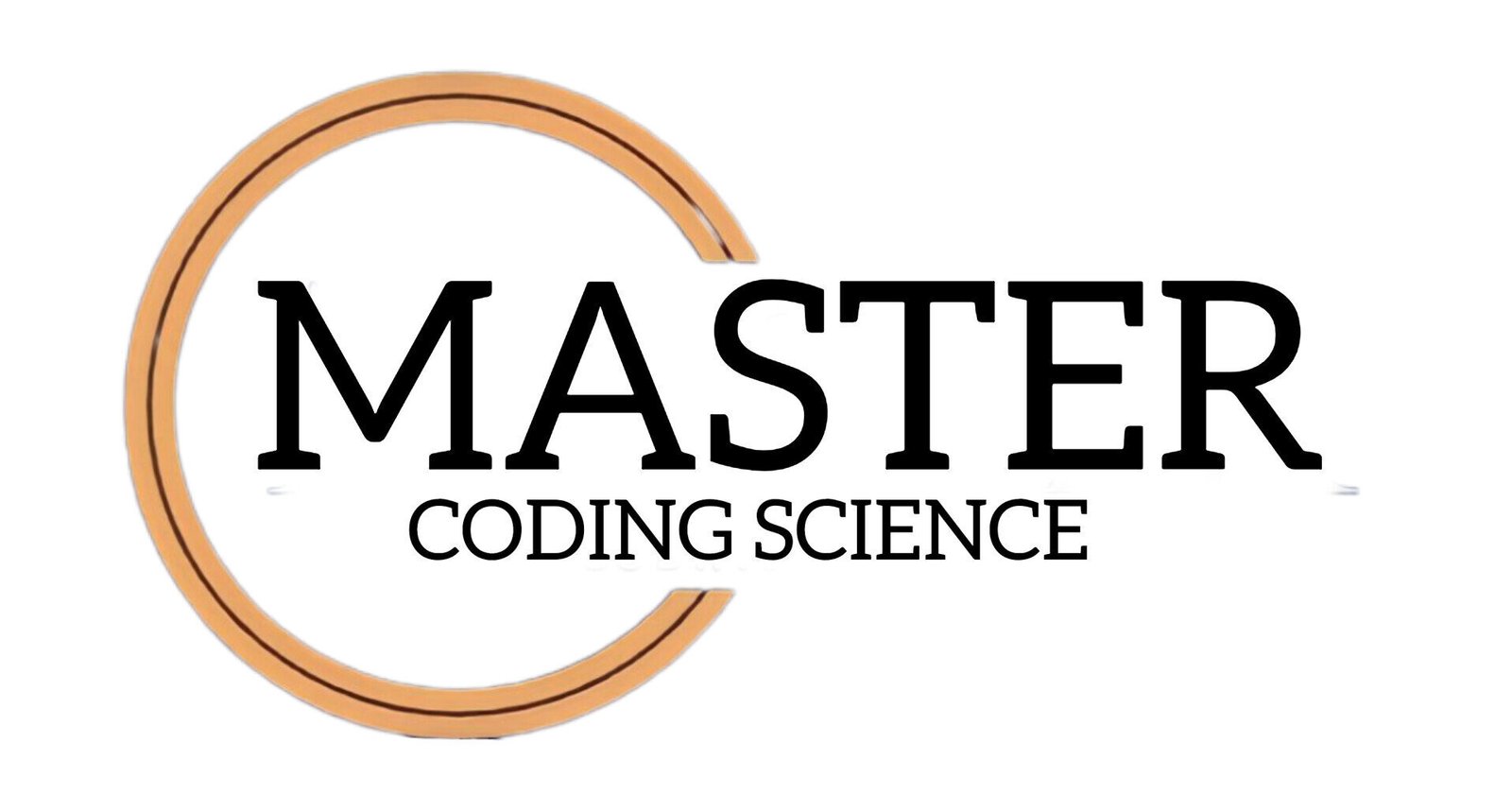In C programming, data types are essential for defining the type of data that a variable can store. They are used to specify the kind of value a variable can hold and help determine how much space in memory will be allocated for that variable. Data types also play a critical role in how the compiler interprets and manipulates variables.
In this post, we’ll explore the following topics:
- Characters
- Numbers
- Decimal Precision
- Memory Size
- Real-Life Example
- Type Conversion
1. Characters in C
In C, the char data type is used to store a single character. This data type can hold any alphabet letter (A-Z, a-z), digit (0-9), or special symbols like @, #, etc.
Code Example:
#include <stdio.h>
int main() {
char grade = 'A';
char gender = 'M';
printf("Grade: %c\n", grade);
printf("Gender: %c\n", gender);
return 0;
}Explanation:
charis used for storing single characters.- The output displays the stored characters, such as ‘A’ and ‘M’.
Real-Life Example:
charcan be used to store any character input, such as the first letter of a person’s name or any status like “M” for male and “F” for female.
2. Numbers in C
The int data type is used for storing whole numbers, both positive and negative. It can hold integers ranging from negative to positive values.
Code Example:
#include <stdio.h>
int main() {
int age = 25;
int salary = 50000;
printf("Age: %d\n", age);
printf("Salary: %d\n", salary);
return 0;
}Explanation:
intstores whole numbers.%dis used for printing integer values.
Real-Life Example:
intcan be used to store the age of a person, the number of items in stock, or even the number of points scored in a game.
3. Decimal Precision in C
For handling numbers that require decimal precision, float and double are the data types used in C.
floatis used when a lower precision is sufficient (single precision).doubleis used for higher precision (double precision).
Code Example (Float and Double):
#include <stdio.h>
int main() {
float pi = 3.14f;
double e = 2.718281828459;
printf("Value of Pi: %.2f\n", pi);
printf("Value of e: %.10f\n", e);
return 0;
}Explanation:
floatstores numbers with single precision.doublestores numbers with double precision and provides more accuracy.
Real-Life Example:
floatcan be used for scientific calculations or to represent a price that doesn’t require extreme precision.doublecan be used for more precise measurements, such as calculating the exact distance between two cities.
4. Memory Size of Data Types
Each data type in C has a specific memory size that determines how much space is allocated for storing values. The memory size depends on the type of data and the platform architecture (32-bit or 64-bit). Here’s a typical size for each data type in C:
char: 1 byteint: 4 bytes (on most platforms)float: 4 bytesdouble: 8 bytes
Code Example (Memory Size):
#include <stdio.h>
int main() {
printf("Size of char: %lu bytes\n", sizeof(char));
printf("Size of int: %lu bytes\n", sizeof(int));
printf("Size of float: %lu bytes\n", sizeof(float));
printf("Size of double: %lu bytes\n", sizeof(double));
return 0;
}Explanation:
sizeofoperator is used to get the memory size of a given data type.- The sizes of different types are printed, showing how much memory each type consumes.
Real-Life Example:
- Memory size matters when working with systems that have limited memory or when dealing with large data structures, such as arrays or databases. The more memory a data type uses, the fewer elements can fit into available space.
5. Real-Life Examples of Data Types in C
Here are some practical scenarios where different C data types are used:
int: You can useintto store the number of people in a room, the current temperature in Celsius, or the score in a game.char: You can usecharfor a simple password system, where each character of the password is stored as achar.floatanddouble: You can use these types for handling real-world measurements like height, weight, or the speed of a moving car.
Code Example (Real-Life Use):
#include <stdio.h>
int main() {
int items = 10;
float price = 99.99f;
double total = items * price;
printf("Number of items: %d\n", items);
printf("Price per item: %.2f\n", price);
printf("Total price: %.2f\n", total);
return 0;
}Explanation:
intholds the number of items.floatholds the price per item.doubleholds the total price, which is the result of multiplying the number of items by the price per item.
6. Type Conversion in C
In C, type conversion refers to the process of converting one data type into another. There are two types of conversions:
- Implicit Type Conversion (Automatic): Happens automatically when the compiler converts one type to another, typically from
inttofloat. - Explicit Type Conversion (Manual): Done by the programmer using casting.
Code Example (Implicit Type Conversion):
#include <stdio.h>
int main() {
int x = 5;
float y = 4.5f;
float result = x + y; // Implicit type conversion from int to float
printf("Result: %.2f\n", result);
return 0;
}Explanation:
- Here, the
intvalue ofxis automatically converted tofloatwhen added toy.
Code Example (Explicit Type Conversion):
#include <stdio.h>
int main() {
float x = 5.5;
int y = (int) x; // Explicit type conversion (casting) from float to int
printf("Result: %d\n", y);
return 0;
}Explanation:
- The explicit casting
(int)converts the floatxto an integer value.
Conclusion
Understanding data types is fundamental to C programming. By knowing the various types such as characters, numbers, and decimal precision, as well as the importance of memory size and type conversion, you can create efficient and optimized programs. Whether you’re working with real-life examples like prices, scores, or measurements, C provides the flexibility to handle different kinds of data effectively.
For more tutorials and detailed explanations on C programming and other topics, make sure to visit Master Coding Science. It’s a valuable resource for programmers to explore and learn more! (what is data type in c language)
